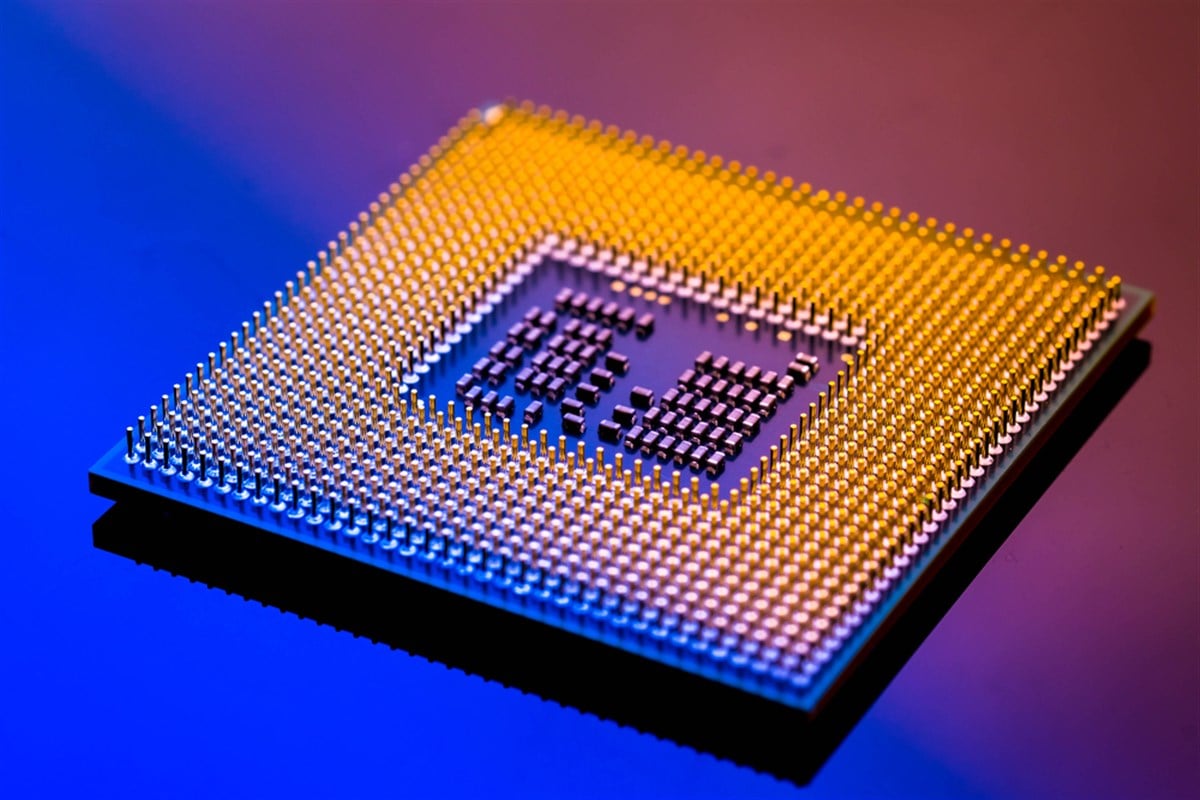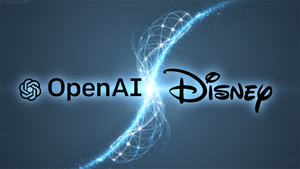
If you're seeking growth in 2025, technology stocks and the semiconductor sector remain key areas to watch. Semiconductors are the foundation of the ongoing artificial intelligence (AI) revolution, which is still in its early stages. The recent rise of DeepSeek further strengthens the case for future growth.
The rise of open-source large language models (LLMs) suggests that Generative AI may be becoming commoditized. However, this is just the first wave of AI. Many analysts are now focused on AI 2.0, where software platforms will enhance LLMs by making their data truly useful to organizations.
This suggests that concerns about a slowdown in data center construction are overblown. The data center market is poised for significant growth, ensuring strong demand for semiconductor chips for years to come.
Many investors are looking for investment ideas in the chip sector that go beyond NVIDIA Corp. (NASDAQ: NVDA). However, picking individual stocks can be risky, especially given concerns over high valuations. For those looking for a diversified approach, exchange-traded funds (ETFs) offer a compelling alternative, with several providing attractive dividend yields.
The Goldilocks Approach to the Chip Sector
The Invesco PHLX Semiconductor ETF (NASDAQ: SOXQ) tracks the performance and dividend yield of companies in the PHLX Semiconductor Sector Index. It holds the 30 largest chip stocks listed in the United States.
The SOXQ ETF is the youngest fund on this list, having launched in 2021. The fund is up approximately 61% in its short lifetime, which closely approximates the performance of the S&P 500 in that time. And despite the volatility in the chip sector, the fund is up 13% in the last 12 months as of February 13, 2025.
You’ll find many similarities between the three ETFs on this list. But a key point of distinction for the SOXQ ETF is that it takes a weighted market capitalization approach but applies some limitations regarding the top three positions, which are Broadcom Inc. (NASDAQ: AVGO), NVIDIA, and Advanced Micro Devices (NASDAQ: AMD) cannot exceed 12%, 10% and 8% of the fund’s weighting respectively.
The benefit to investors is that they can get exposure to the top-performing sector names without concerns about being overconcentrated in any one specific stock. Speaking of which, the SOXQ ETF does include Taiwan Semiconductor Manufacturing (NYSE: TSM), which many ETFs with a U.S. focus do not include.
This Fund’s Balanced Approach May Be Worth Your Attention
The Invesco Semiconductors ETF (NYSEARCA: PSI) is the newest chip stock ETF offered through Invesco. The passively managed fund tracks with the price and yield of the Dynamic Semiconductors Intellidex Index. The PSI is limited to U.S. stocks, so it does not hold Taiwan Semiconductor.
Like the SOXQ ETF, the PSI uses a modified equal-weight system to remove concerns about overconcentration. However, unlike the SOXQ, the fund puts a cap on the top holding, which is Broadcom, at 6.73%. And NVIDIA, which holds down the number five spot, has a weighting of 4.76%. The idea is that smaller companies can have more influence over the group’s performance.
Over the past decade, the PSI ETF has delivered a 10-year compound annual growth rate (CAGR) of 22%, significantly outperforming the S&P 500’s approximately 13% CAGR. However, investors should note its net expense ratio of 0.57%, which is higher than the industry average of around 0.35%.
The FTXL ETF Benchmarks Quality in Its Stock Selection
The First Trust Nasdaq Semiconductor ETF (FTXL) is benchmarked to the U.S. Smart Semiconductor Index. This is another U.S.-centric fund, which means it does not include companies such as Taiwan Semiconductor.
The fund uses a modified factor-weighting method that looks at companies based on a range of factors relative to value, volatility, and growth. This means that the fund emphasizes factors relative to a company’s financial health, such as its trailing return on assets, gross income, and trailing 12-month cash flow, as part of its weighting system.
In the end, the holdings are about the same as the other ETFs mentioned here. And although the weighting of companies may be different, the fund has returned 346% since its inception in 2016. That's an average return of about 43% per year. The fund has a net expense ratio of 0.6%.
Where Should You Invest $1,000 Right Now?
Before you make your next trade, you'll want to hear this.
MarketBeat keeps track of Wall Street's top-rated and best performing research analysts and the stocks they recommend to their clients on a daily basis.
Our team has identified the five stocks that top analysts are quietly whispering to their clients to buy now before the broader market catches on... and none of the big name stocks were on the list.
They believe these five stocks are the five best companies for investors to buy now...





